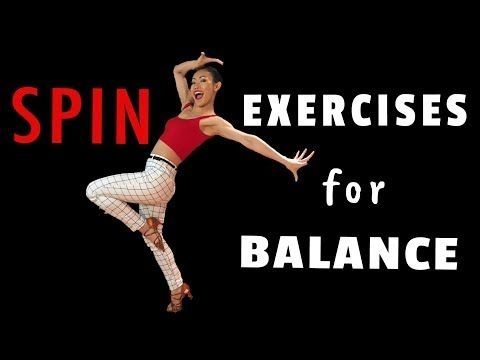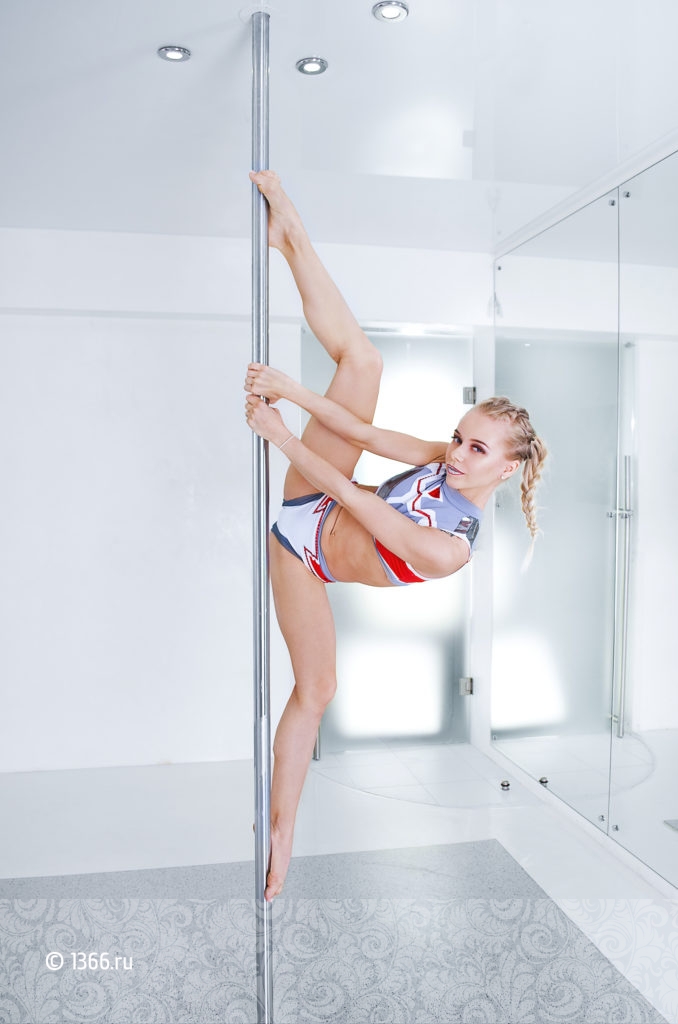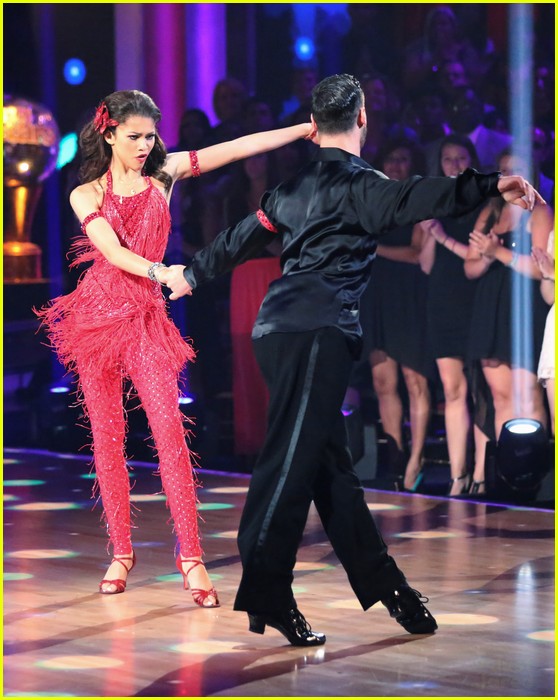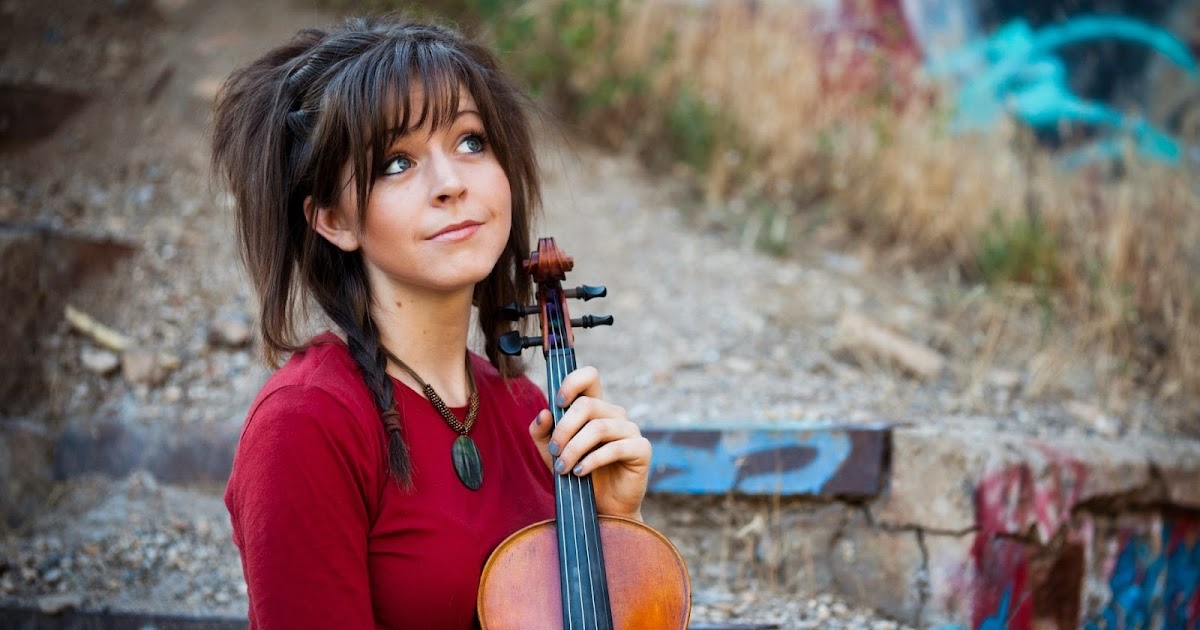How to dance salsa turns
Learn Basic Salsa Steps
The word 'salsa' literally means 'sauce', usually hot and spicy, and that's definitely how you would describe salsa dance – zesty, energetic, passionate and sexy.
- Basic steps
- Instructions & Diagrams
- Video
- Recommended Video Lessons »
Quick intro
Salsa is a sensual Latin dance, similar to mambo. Both have a pattern of six steps over eight counts of music and they both share many of the same moves.
The great thing about salsa is that just about anyone can learn it. That's why it gained vast popularity in the last few decades and is now danced in nightclubs all over the world. There is a well known saying that is often repeated by dance teachers - if you can walk, you can salsa.
Salsa is the result of combining many Latin and Afro-Caribbean dances, a fusion of Cuban, Puerto Rican and African rhythms. The basic rhythm is quick, quick, slow; quick, quick, slow, using the 1,2,3 and 5,6,7 beats (beats 4 and 8 are skipped). The music is typically around 180 beats per minute, although it can be slower or faster than that.
Basic steps
Salsa is one of the most popular Latin American dances, the main reason being - it's easy to learn. At first glance it might seem difficult, but the truth is quite the opposite - basic salsa steps can be learned with less than 10 minutes of practice.
Only three steps are made for every four beats with one step to each beat and one beat being skipped. The skipped beat is called a tag, a tap, a kick, a flick, or the like. The steps can be from side to side or forward-backward and in circles. When dancing you must keep a straight upper body posture and move your hips as much as possible.
Salsa is danced with partners facing each other. It can be danced in closed or open position. Note that salsa steps are very small. The faster the music, which is usually quite fast, the smaller the steps.
The faster the music, which is usually quite fast, the smaller the steps.
Instructions & Diagrams:
Because Salsa allows for a lot of creative improvisation, many different styles have developed over time. But regardless of different styles the basic steps are essentially the same. As a beginner, you should always start at the beginning.
Basic Steps For Men:
You need to start with both feet together. Remember, practice makes perfect.
- Step forward with your left foot (first beat)
- Right foot in place, weight shifts to it (second beat)
- Step backward with your left foot (third beat + pause on fourth beat)
- Step backward with your right foot (first beat)
- Left foot in place, weight shifts to it (second beat)
- Step forward with your right foot (third beat + pause on fourth beat)
Basic Steps For Ladies:
- Step backward with your right foot (first beat)
- Left foot in place, weight shifts to it (second beat)
- Step forward with your right foot (third beat + pause on fourth beat)
- Step forward with your left foot (first beat)
- Right foot in place, weight shifts to it (second beat)
- Step backward with your left foot (third beat + pause on fourth beat)
Video
OK, let's see how this is done. In the following video Leon and Kim will show you the fundamental forward & back basic step from all angles. You will also learn the side basic step. Be sure to master this before moving on.
In the following video Leon and Kim will show you the fundamental forward & back basic step from all angles. You will also learn the side basic step. Be sure to master this before moving on.
more videos »
Take your time to master these steps and when you're ready for more, check out the recommended video lessons »
6 Basic Cuban Salsa Steps You Need To Know
Among the different styles of salsa, the Cuban, which is also called "casino", is the most danced and for which more people usually start dancing salsa.
With the exception of a few dance figures, most of the Cuban salsa figures are performed in pairs and together with the music they do a very fun, energetic and social dance that we at go&dance openly recommend.
Want to learn the basic steps to dance Cuban salsa from zero?
Then do it. Think that it takes very little to get started... With a comfortable outfit, good shoes and a good dancing school you have enough to start with.
Is Cuban salsa a choreography or an improvisation?
Although the figures that are being learnt can concatenate and achieve a salsa song that is totally choreographed, the truth is that cuban salsa is danced spontaneously and freely. When the appropriate fluency is reached, the figures or part of them will be made, taking elements separately, in an improvised way, following the rhythm of the music.
The grip is very important. Depending on the figure to be made, there are different types of grip. In general, most of the time the dance is with the couple open, by grasping a hand.
Today we want to show you some of the basic Cuban salsa steps to start dancing this beautiful and fun dance.
6 key moves you need to know to dance Cuban Salsa
Step 1. The basic step of Cuban salsa
The Cuban basic step has a rhythm of three steps followed by a pause, fast-fast and slow. The basic step is done by taking one foot back, stepping on the floor with the other foot and returning to the first position. Then, after a pause cam, the operation is repeated again with the other foot.
The step back should not be exaggerated, but only serve to make the hip movement more agile.
Step 2. Dile que no.
One of the most important steps of Cuban Casino style salsa, used continuously after the completion of each figure. It starts in the grip position and ends with one hand held.
Its name,"dile que no" (tell him no), comes from the fact that the man marks a forward and a lateral in beats 1,2 and 3, while the woman in beat 5, instead of stepping back makes a figure fake and finally a change of position in the shape of a crescent.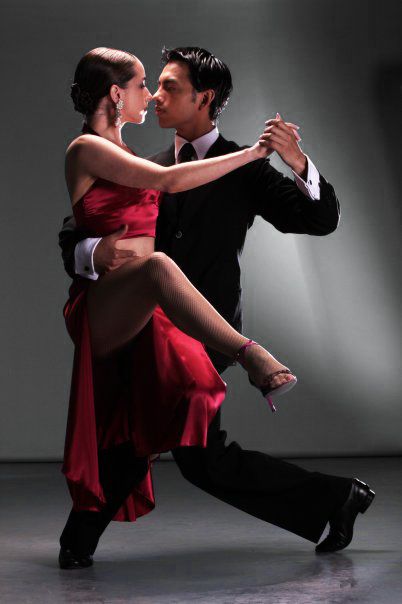
As we can see, this step consists of the woman moving away from her dancing partner by means of her rotation (saying no). The movement ends when the man pulls the woman towards himself and the two of them are placed close together again, but on the opposite side to the one they had in the beginning.
Step 3. Enchufla
The enchufla is characterized by a change of position in the dance and because it moves from dancing to arm free to grip, with half a turn of the boy and half a turn of the girl.
In the case of the man, in the first measure he marks with his left foot, walks with his right foot, and in beat 3 he walks again with his left foot and starts a half turn to the right. In the second measure, it will mark the beats 5,6,7 being front and with full grip with the girl. When walking in time 2 she pushes the girl to a change of position, raising her left arm so that the girl passes under her arm.
The girl in the first measure marks with her right foot and walks with her left foot, advances in beat 3 with her right foot and starts a half turn to the left.
Step 4. The cubanito
The cubanito or cubanito is one of the initiation steps in salsa. In short, it is a small game between the couple, between fakes and feints, which ends with an openbreak and a no to say no, to finish the figure.
In its visual aspect, the boy follows the girl's movements by placing himself behind her, then moving to the front position and repeating the steps again. The figure will end with a plug, the openbreak and tell him no.
Step 5. 70 en la salsa
At the beginning of the figure, in beats 1,2 and 3 the spin is prepared.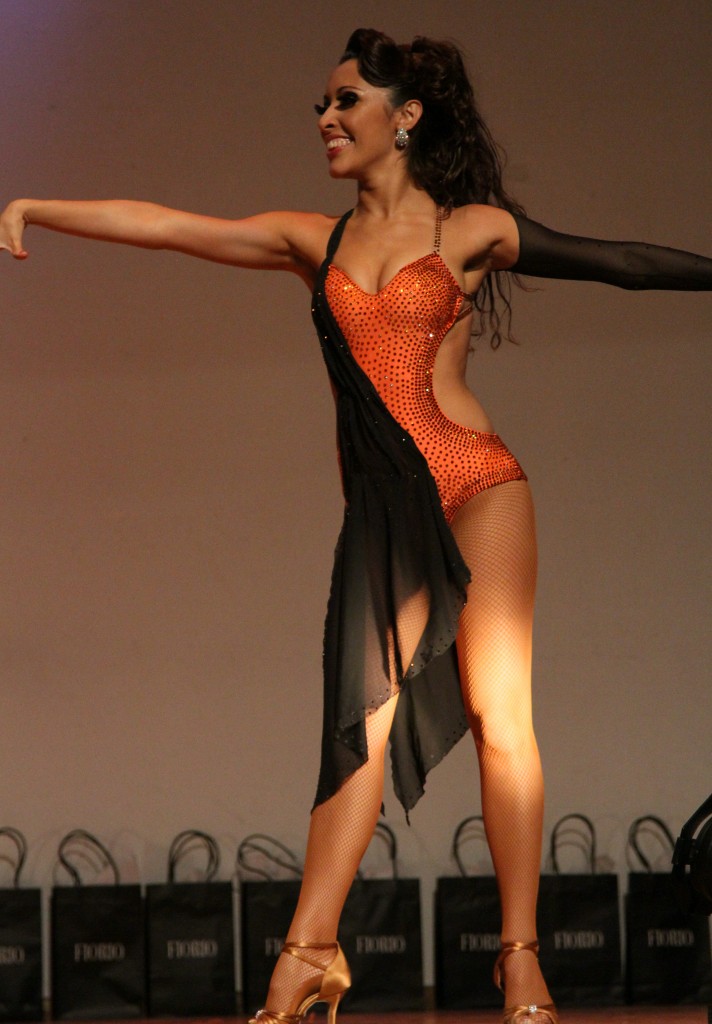 The boy raises his left arm in beat 3 and the girl will turn in beat 3 to her right. In beats 5-6-7 the girl turns completely to her right with three steps forward, describing a small circle.
The boy raises his left arm in beat 3 and the girl will turn in beat 3 to her right. In beats 5-6-7 the girl turns completely to her right with three steps forward, describing a small circle.
Meanwhile, the boy in these steps can stay in place by marking the base step, or better yet, move around the girl on her left. Finally, we will undo the figure as if it were a plug.
Step 6. Croqueta complicada
The croqueta complicada is one of the most visual figures when it comes to salsa dancing. Starting from a enchufla and changing hands, the girl will make a complete turn in one direction or another, before ending up in an openbreak and saying no to her.
As you can see, these are some of the main dance steps of Cuban salsa. If you have not danced and you are a beginner, you must know that salsa dancing is a very entertaining activity to have fun with as a couple, strengthening relationships, and with many healthy advantages.
If you have not danced and you are a beginner, you must know that salsa dancing is a very entertaining activity to have fun with as a couple, strengthening relationships, and with many healthy advantages.
So at go&dance we encourage you to sign up for salsa classes to have fun in a social and fun way.
You may also be interested in: 4 basic bachata steps for dancing to any song
PS: What style of salsa do you prefer to dance? - Tell us about it in the blog comments and if you like the post, share it! Thank you very much.
Rotation Technique
I would like to share with you the experience I have gained over the past few years regarding salsa rotations. I hope this article answers some of the questions that dancers have when they are building or perfecting their spin skills.
First, let's define terms. I do not pretend to be strict academic, I will only try to define the key concepts in the way the dancers use them.
Let rotation be the circular motion of the body relative to the fixed axis. A turn is a rotation in progress, although it is very often used among dancers as a synonym for the word rotation.
Axis – a straight line around which rotation takes place
Impulse aka force – short-term application of force in a certain direction.
There are three types of turns in salsa: simple , or divided; spins , or spin turns; and rotations as such, i.e. rotations in progress.
In its simplest form, split turns are right and left turns, while forward turns are inside and outside turns. However, these types of turns are based on spin turns, so we will analyze them in detail.
These rotations occur in one place, consist of preparation, momentum, actual rotation and stop.
Impulse
An impulse, as follows from the definition, is a short-term thing. It appears as a result of the "potential difference" between different parts of the body. It can be taken with hands, shoulders, hips, knees and much more. The whole trick is that no matter where the impulse comes from, it must come into the body, into the frame (shoulders + hips) and start the turn independently. It is important to know that if the muscles of the body are relaxed, then the impulse will not pass and will not work. As well as if the muscles are too tight: in this case, the impulse will be extinguished in them. Before, during and after the turn, the whole body must be collected, as when running.
It appears as a result of the "potential difference" between different parts of the body. It can be taken with hands, shoulders, hips, knees and much more. The whole trick is that no matter where the impulse comes from, it must come into the body, into the frame (shoulders + hips) and start the turn independently. It is important to know that if the muscles of the body are relaxed, then the impulse will not pass and will not work. As well as if the muscles are too tight: in this case, the impulse will be extinguished in them. Before, during and after the turn, the whole body must be collected, as when running.
Too many people stretch the momentum by making it "pull" the turn. Imagine that you need to roll the ball from point A to point B. If we are not talking about the accuracy of the trajectory now, then it would be more logical to push the ball, give it an impulse that would roll it to the finish line on its own. A person who stretches momentum is like one who rolls a ball with his hand all the way from point A to point B.
Turns with extended momentum tend to be harder, slower and less controlled.
So, it is necessary to collect the impulse in the body. To do this, we have the muscles of the press and chest. If we take the impulse with our hands, then we need to try to “stop” our own hand with the muscles of the chest, and then immediately relax them. This will cause the impulse from the hand to pass into the body. If at the same time the latter is in good shape, then the impulse will pass into the thigh opposite to the hand.
If the momentum is taken from the twisting of the shoulders relative to the hips, then the abdominal muscles allow you to create the proper level of pairing, and now, after the shoulders and hips come into a level position, there is an impulse in the body that directs the rotation.
We find the most effective method of generating momentum is the pairing between the arms in the chest muscles. In order to do this, you must first get acquainted with the spring.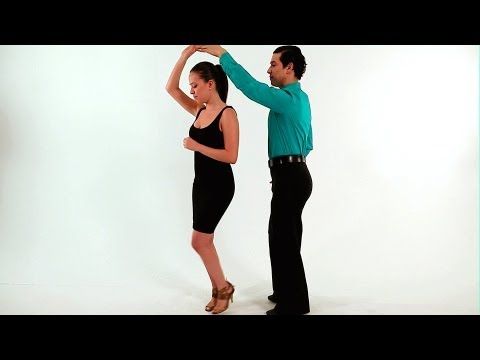 A spring is such a state in the muscles when they are not relaxed, not clamped and “connected” to each other. You can feel it if you put a person and open his hands in the style of free hugs. If he is holding the spring, then as you begin to push one arm outward, you will feel resistance in the other. If not, then only the muscles of the arm you are pressing will resist your pressure. When the hands are in conjugation, they become a system that reacts and works together, redistributing tension between its parts.
A spring is such a state in the muscles when they are not relaxed, not clamped and “connected” to each other. You can feel it if you put a person and open his hands in the style of free hugs. If he is holding the spring, then as you begin to push one arm outward, you will feel resistance in the other. If not, then only the muscles of the arm you are pressing will resist your pressure. When the hands are in conjugation, they become a system that reacts and works together, redistributing tension between its parts.
This system has two states - zero (neutral) and non-zero. In the zero state, the chest muscles are relaxed, in any other state they are collected and, as it were, tend to return the hands to a neutral position. This concept of a spring is one of the components of volume when dribbling.
So, in order to take the impulse, we move our hands to the free hugs position, gathering the muscles of the chest and the whole body. Now comes the hardest part. It is necessary to release the pairing in one of the hands opposite the side of the turn.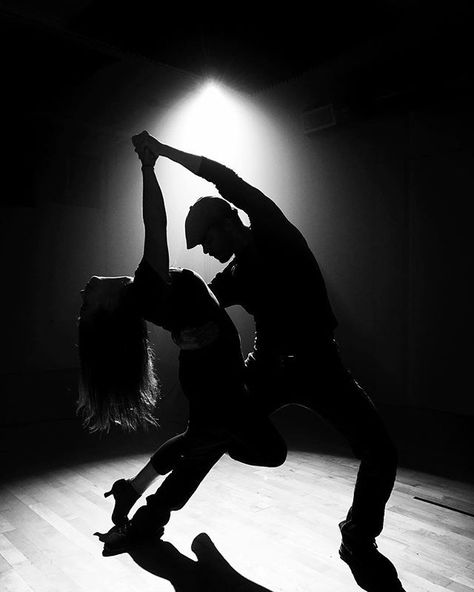 That is, if you turn to the right - in the left hand. The hand will immediately go to a neutral position, and the moment it comes into it, you need to stop it with the chest muscles and immediately relax them. Congratulations - the impulse to turn is already in your body! Pairing allows you to multiply the strength of the impulse you receive, and stopping the arm with the pectoral muscles sends it to the body.
That is, if you turn to the right - in the left hand. The hand will immediately go to a neutral position, and the moment it comes into it, you need to stop it with the chest muscles and immediately relax them. Congratulations - the impulse to turn is already in your body! Pairing allows you to multiply the strength of the impulse you receive, and stopping the arm with the pectoral muscles sends it to the body.
So, once again I will define the basic principles regarding impulse control:
• The impulse is carried out only in the collected body: it is impossible to overstrain, as well as completely relax the muscles
• The impulse is short-term and arises only from the “potential difference” in different parts of the body, then there are turns a la "door" will be rather wrong
• The impulse must be carried into the body in order for it to "turn" into a turn. Rotation cannot "pull" on the pulse
• Spring in hand allows you to increase the strength of the pulse. Spring is good
Spring is good
Body position and foot work. Preparation
There is one important point that spoils turns for so many people. This moment - incorrect foot work .
The foot is essentially what your entire torso rotates on, so it rightfully deserves part of a chapter in this article. The foot cannot be separated from the entire turn, it is the first to react to the displacement of the frame. In simple terms, this can be defined as follows: the directions of the foot and body must always coincide. Otherwise, the axis immediately shifts and the rotation is distorted. It is also important to note that if the weight during the turn goes to the middle of the foot, that is, to the balls of the foot, then the foot itself will rotate around this middle during the turn. Not the heel around the toe, but the toe and heel around the center.
In order to make the right turn, it is very important to sit correctly. You sit on your foot, your weight should fall in the middle of the supporting foot.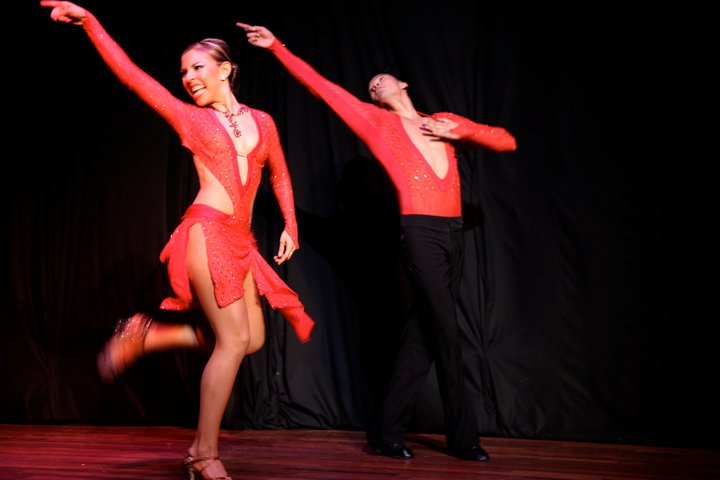 This can be easily checked by stretching the arm straightened to the fingertips at the seams. The direction of the fingers will indicate the location of the weight relative to the foot. Next is simple. Everything in yourself, back straight, shoulder blades back, collect all the muscles that you find.
This can be easily checked by stretching the arm straightened to the fingertips at the seams. The direction of the fingers will indicate the location of the weight relative to the foot. Next is simple. Everything in yourself, back straight, shoulder blades back, collect all the muscles that you find.
Hands in front of you at chest level, palms down, fingertips joining in the middle of the chest. Try to keep this position of the body in turn. If you plan to create a pairing in your hands, then it is better to pull them forward, keeping the joint in your index fingers. If the impulse is taken from the body, then it is better to bend the elbows. Start slowly repeating the trajectory of the future turn, make sure that the foot rotates with the body. Well done.
Now about preparation.
Proper preparation is the key to a good turn. As a rule, in order to turn, it is enough to twist the upper part of the body relative to the lower one (shoulders relative to the hips) by 45˚. With the press assembled, this twist is more than enough. The rule “the more the swing, the better the turn” works very conditionally and only for extended, smeared impulses.
With the press assembled, this twist is more than enough. The rule “the more the swing, the better the turn” works very conditionally and only for extended, smeared impulses.
If the impulse is taken by pairing hands, then twisting is not necessary at all, although this helps psychologically. It is important that in this version the whole body rotates, since the impulse comes from the hand.
Keep an eye on the volume in your hands. If, when twisting, you take your elbow back, then the shoulder will come forward and break your entire volume. The body will become asymmetrical, and most likely the momentum will be crooked.
Rotation. Focus
This stage, as a rule, passes too quickly and imperceptibly, so it makes no sense to describe it in detail. It is important to know that your condition and your preparation is 90% of the turn. Rotation is the result of how you hold your body and how you take momentum.
Here it is also important to note the moment of concentration.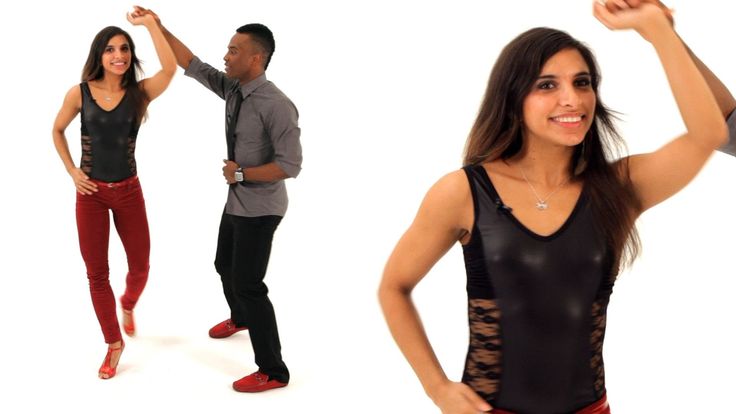 For many spins, this is stressful. Therefore, starting to turn, such people tense their muscles, stand on their toes, close their eyes - in general, they do everything to spoil their turn. In turn it is important to be concentrated, but not tense. It's like using a potter's wheel - any wrong move and that's it. The slightest distortion or change in position or level during a turn can ruin it.
For many spins, this is stressful. Therefore, starting to turn, such people tense their muscles, stand on their toes, close their eyes - in general, they do everything to spoil their turn. In turn it is important to be concentrated, but not tense. It's like using a potter's wheel - any wrong move and that's it. The slightest distortion or change in position or level during a turn can ruin it.
In order to make the turn easier to control, and also in order not to crash from the back into a swoon, a trick was invented. Focus is the point that is held while turning the gaze. Focus has many benefits. In particular, the work of the vestibular apparatus is being adjusted. Of course, after a certain amount of training. It becomes much easier to endure a large number of turns if you hold the point than if you do not hold it. The focus also structures the whole turn nicely. The body knows where it left from and where it needs to go. This gives him the ability to turn more clearly and easily.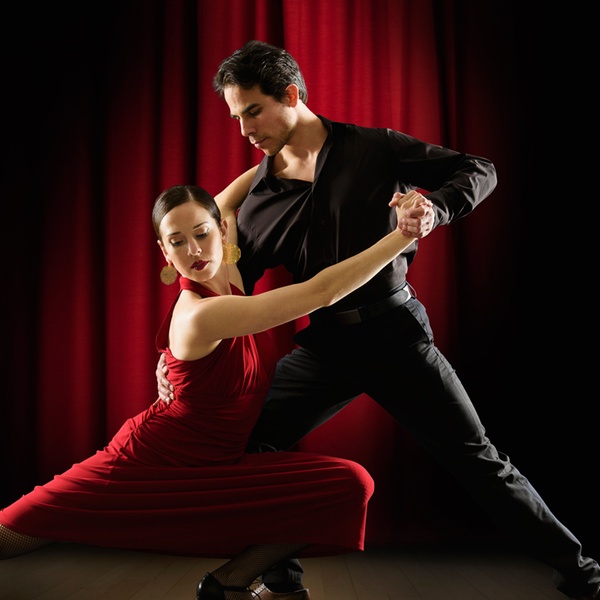
To capture the focus, you must first select the point that will become it. It is better if this point is at the level of your gaze. Get ready to turn and slowly begin to turn while keeping your eyes on this dot. Your head will stay in place and will soon line up with your shoulder. From this moment the most interesting begins. If you try to turn your head now and return the point, then you are unlikely to succeed: the body is not yet sufficiently deployed. Therefore, you need to continue turning the body and at the same time quickly move your head to the other shoulder. Now you see the dot again, and the body is calmly twisted up to the head.
The whole secret is precisely in the ability to correlate the speed of rotation of the head and body. From the moment when the head still cannot catch the point from the other side until the moment the focus is fixed, you need to make the body rotate at exactly such a speed that the head is comfortable. Something like this =)
Axis
Actually, now about the most important thing. The axis of rotation is the straight line around which your body rotates. It should run along the axis of symmetry of the body and, if you are standing on one leg in preparation, along the inside of that leg. The axis is important to keep straight. Any tilt causes asymmetry and distorts the axis. Turning with a distorted axis requires additional and very different balancing. We will not touch such rotations.
The axis of rotation is the straight line around which your body rotates. It should run along the axis of symmetry of the body and, if you are standing on one leg in preparation, along the inside of that leg. The axis is important to keep straight. Any tilt causes asymmetry and distorts the axis. Turning with a distorted axis requires additional and very different balancing. We will not touch such rotations.
Rotation is largely determined by where its axis is located. For many people, this axis during rotation is located on the supporting leg itself. Not to say that it was critical, but this style of turns deprives its owner of many advantages. First, time: turning around the leg has a larger radius, so it takes longer. Secondly, speed, in fact, for the same reason. A large radius does not allow you to gain a high rotation speed. Thirdly, balance: since the turn around the leg is longer and takes more time, the likelihood of losing balance in it increases.
In other words, rotation around the axis of symmetry is better controlled, faster and more precise.
Turning around the leg often occurs when a person tries to turn on tiptoe. Standing on his fingers, he automatically shifts the axis to the foot.
In general, in order to rotate around the axis, your body must twist the turn with one part (shoulder + hip), and spin it with the opposite. Then the axis will remain in the middle.
And a little more about weight . If, during rotation, the entire body weight is lowered to the floor, but the axis will also shift to the leg. That is, it is not recommended to put pressure on the supporting leg while turning. During the rotation, the weight should be "lifted" to the center of the body, as if you were dancing a twist.
So, let's briefly list the basic principles of rotation:
- The key to a successful turn is proper preparation. Tune in to turn, focus, collect the body. Sit on the supporting leg, weight on the ball of the foot. Now lift the weight off the floor, to the center of the body.
 Hands in front of you, head straight, eyes holding a point. Twist your shoulders or create a spring. Remember: the spring holds as long as your muscles are tight.
Hands in front of you, head straight, eyes holding a point. Twist your shoulders or create a spring. Remember: the spring holds as long as your muscles are tight. - Twisting of the body creates a conjugation in it if the press is assembled. Start rotating with your shoulders, then, after the body comes to a level position, with the entire frame. The impulse will already be in your body. Remember: the foot itself rotates around itself - this is a guarantee that you are holding the axis. During rotation, move your head and catch focus.
- To stop the turn, place your foot on the floor or pinch your chest and abs. Remember: tight muscles dampen impulse
- Exhale and smile
Thank you for your attention!
Original article on the official website of Svetlana Ray. 1.1.1. These Rules are an official document of IP Sobiray Pavel Evgenievich (hereinafter referred to as the Site Administration), and determine the procedure for processing and protecting information about individuals using the services of the bachata-salsa.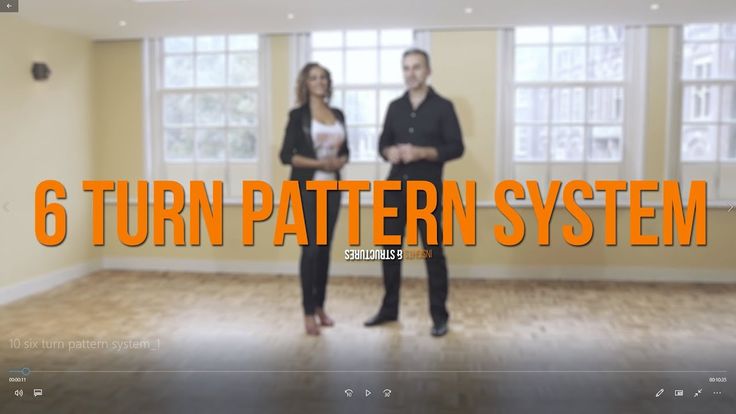 ru/ website (hereinafter referred to as the Site) and its services (hereinafter referred to as users).
ru/ website (hereinafter referred to as the Site) and its services (hereinafter referred to as users).
1.2. The purpose of these Rules is to ensure proper protection of information about users, including their personal data, from unauthorized access and disclosure.
1.3. Relations related to the collection, storage, distribution and protection of information about users of the Site are governed by these Rules, other official documents of the Site Administration and the current legislation of the Russian Federation.
1.4. The current version of the Rules, which is a public document, is available to any Internet user by clicking on the link bachata-salsa.ru/. The Site Administration has the right to make changes to these Rules. When changes are made to the Rules, the Site Administration notifies users of this by posting a new version of the Rules on the Site at a permanent address no later than 10 days before the relevant changes come into force.
1.7. By using the Site, the User agrees to the terms of these Rules.
1.8. If the User disagrees with the terms of these Rules, the use of the Site and its services must be immediately terminated.
2. Terms of use of the Site
2.1. When providing services for the use of the Site and its services (hereinafter referred to as the Site Services), the Site Administration, acting reasonably and in good faith, believes that the User:
has all the necessary rights to allow him to register and use this Site; indicates reliable information about himself in the amount necessary to use the Services of the Site; familiarized with these Rules, agrees with them and assumes the rights and obligations specified in them.
2.2. The Site Administration does not verify the accuracy of the received (collected) information about users, except in cases where such verification is necessary in order to fulfill the obligations of the Site Administration to the user.
3. Purposes of information processing
The Site Administration processes information about Users, including their personal data, in order to fulfill the obligations of the Site Administration to Users regarding the use of the Site and its services.
4. Composition of information about users
4.1. Users' personal data Users' personal data includes:
4.1.1. provided by the Users and the minimum required for registration on the Site: first name, last name, mobile phone number and/or email address;
5. Processing information about users
5.1. The processing of personal data is carried out on the basis of the principles:
a) the legality of the purposes and methods of processing personal data;
b) good faith;
c) compliance of the purposes of processing personal data with the purposes predetermined and declared during the collection of personal data, as well as the powers of the Site Administration;
d) compliance of the volume and nature of the personal data being processed, methods of processing personal data with the purposes of processing personal data;
5.1.1. Collection of personal data
Collection of the User's personal data is carried out on the Site when paying for the service.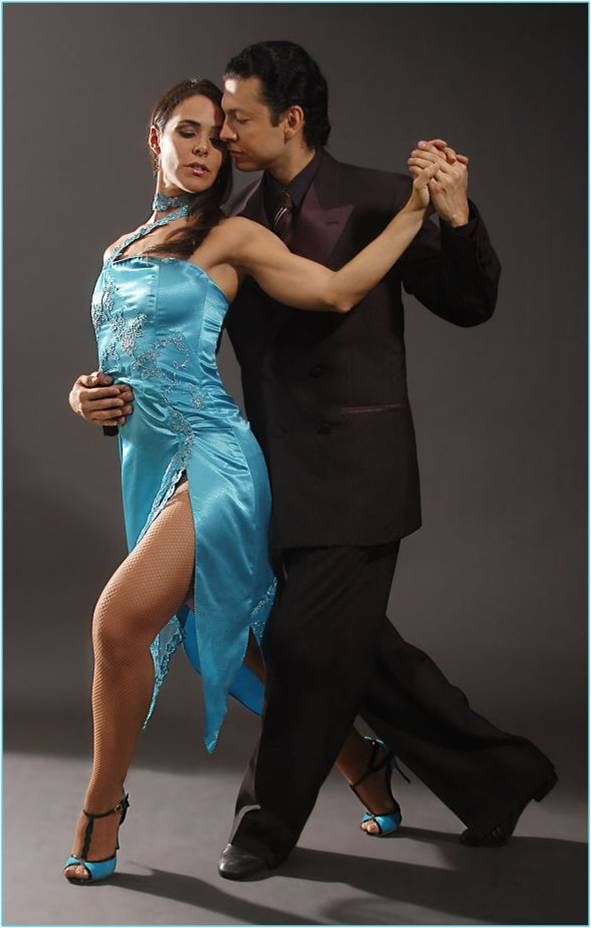
Personal data provided for in clause 4.1.1. of these Rules are provided by the User and are the minimum required for identification.
5.1.2. Storage and use of personal data
Users' personal data is stored exclusively on electronic media and processed using automated systems, except in cases where manual processing of personal data is necessary in connection with the fulfillment of legal requirements.
5.1.3. Transfer of personal data
Personal data of Users are not transferred to any third parties, except as expressly provided for in these Rules.
If the user is specified or if the user consents, it is possible to transfer the user's personal data to third parties-contractors of the Site Administration, subject to the obligation of such counterparties to ensure the confidentiality of the information received, in particular, when using applications.
6. Measures to protect information about Users
6.1. The Site Administration takes technical, organizational and legal measures to ensure the protection of the User's personal data from unauthorized or accidental access to them, destruction, modification, blocking, copying, distribution, as well as from other illegal actions.